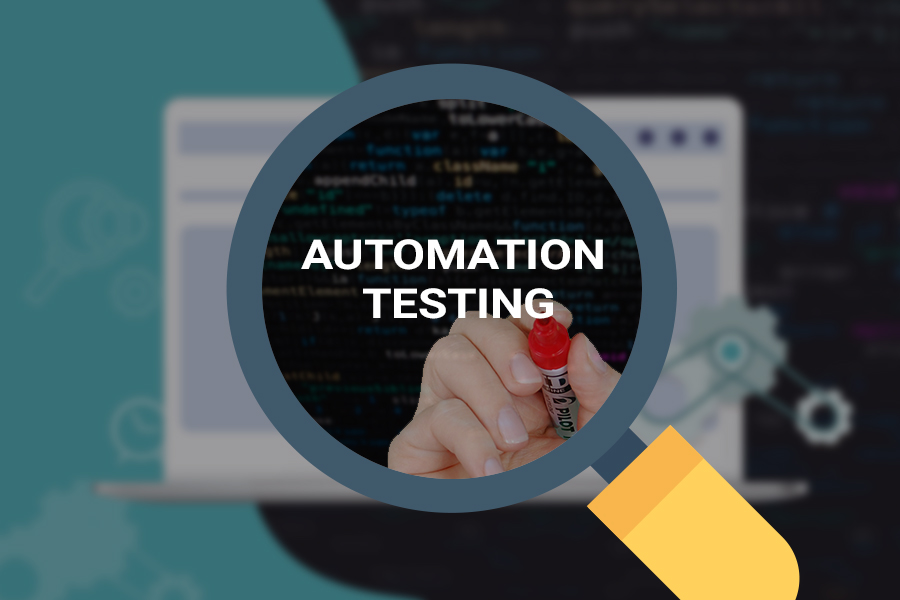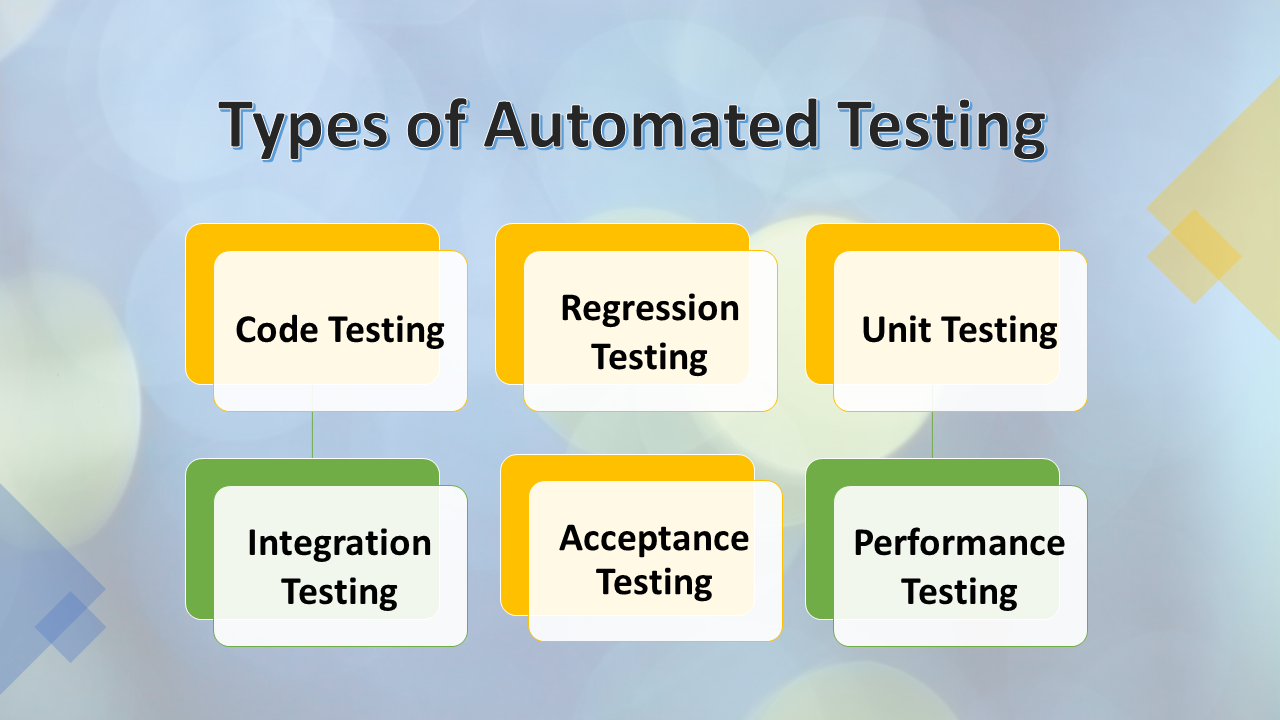From Manual to Automated Testing: A Comprehensive Guide to Transitioning Smoothly and Effectively
In the realm of software application screening, the change from guidebook to automated procedures has actually come to be a significantly essential change for companies looking for to improve effectiveness and accuracy in their screening practices. As technology remains to advance, the need for smooth and reliable automatic testing methods has actually never ever been a lot more pressing. The journey from guidebook to automated screening is not without its challenges, but when approached strategically and with a clear plan in mind, the advantages can be considerable - automation testing. In this extensive guide, we will certainly discover key steps and factors to consider crucial for an effective transition, from the first choice of tools to the integration of automation right into existing process. Keep tuned to reveal the insights that will certainly assist lead the way for a smoother and a lot more effective screening procedure.
Advantages of Automated Testing
Automated screening offers many advantages, enhancing effectiveness and precision in software application development processes. One key benefit is the considerable decrease in testing time. Automated tests can be run at the same time on numerous devices and running systems, dramatically speeding up the testing stage contrasted to manual screening. This enhanced performance allows for faster feedback on the high quality of the software program, enabling designers to recognize and address problems quickly.
Additionally, automated screening ensures a higher degree of precision in spotting problems. Considering that automated examinations comply with predefined scripts, human error is lessened, bring about even more reliable test outcomes. Uniformity in screening is likewise enhanced, as automated tests perform the same steps precisely each time they are run. This consistency is crucial in ensuring that all functionalities of the software are extensively examined, lowering the chance of unnoticed insects sliding with to production.
Selecting the Right Devices

Firstly, analyze your requirements and objectives. Recognize the range of your project, the innovations included, and the capability of your team. This analysis will certainly help you figure out the functions and capabilities you require in your screening tools.
Secondly, consider the compatibility of the devices with your existing systems and procedures. Smooth combination with your current software growth lifecycle is vital to make certain a smooth change to automation.
Furthermore, evaluate the scalability and adaptability of the devices. As your testing needs develop, the tools should have the ability to adapt and accommodate adjustments successfully.
Lastly, consider the assistance and neighborhood around the devices. When applying automated testing, durable assistance and an active user area can offer valuable sources and assistance. By very carefully considering these aspects, you can pick the right tools that straighten with your requirements and established the phase for a successful shift to automated testing.
Writing Reliable Examination Manuscripts

When crafting examination scripts, it is important to take into consideration the certain requirements of the software program being checked and ensure that the scripts other resolve all important functionalities. Clear and detailed calling conventions for examination scripts and examination cases can boost readability and maintainability. Additionally, integrating mistake handling mechanisms within the examination manuscripts can help in recognizing and addressing problems promptly.
Moreover, arranging test scripts into modular components can enhance reusability and scalability, decreasing redundancy and enhancing efficiency in test manuscript upkeep. Regular evaluations and updates to examine scripts are essential to equal evolving software application needs and capabilities. By following these principles, testers can produce effective and robust test manuscripts that add considerably to the success of automated screening procedures.
Integrating Automation Into Workflows
Reliable assimilation of automation tools into existing workflows improves processes and improves performance within software advancement cycles. When integrating automation into process, it is important to determine repeated jobs that can be automated to conserve time and minimize human mistake. By effortlessly incorporating automated screening devices like Selenium or Appium right into the software development lifecycle, teams can achieve faster feedback on code changes, leading to quicker bug discovery and resolution. This assimilation permits for continual screening throughout the growth process, ensuring that any concerns are recognized early on, causing greater software application high quality. Additionally, automation can be made use of to cause tests automatically after each code commit, giving prompt read this validation and maximizing testers to concentrate on more complex circumstances. Appropriate integration of automation devices needs collaboration in between advancement, testing, and procedures teams to develop a unified process that optimizes performance and efficiency in delivering top quality software.
Guaranteeing a Smooth Shift
Efficiently transitioning to automated testing includes thorough planning and cautious implementation to minimize interruptions and take full advantage of efficiency in the software application advancement process - automation testing. To guarantee a smooth change, it is vital to start by conducting a complete evaluation of the present screening processes and identifying areas where automation can bring the most considerable advantages. Involving with all stakeholders early while doing so, consisting of programmers, testers, and task managers, is important for gathering support and buy-in for the automation effort
Communication is essential during this transition phase. Clear interaction of the objectives, advantages, and assumptions of automated testing assists to manage any resistance or issues that may arise. Additionally, giving ample training and sources for employee to upskill in automation tools and strategies is essential for making certain an effective shift.

Final Thought
In verdict, transitioning from guidebook to automated screening offers various benefits, including enhanced effectiveness and dependability. By choosing the proper devices, creating reliable examination manuscripts, and incorporating automation flawlessly right into operations, companies can make certain a effective and smooth change. It is vital to embrace automation as a valuable asset in software application testing processes to boost general top quality and efficiency.
In the world of software program screening, the shift from manual to automated procedures has become a significantly essential transition for companies seeking to enhance efficiency and precision in their screening techniques. Automated examinations can be run at the same time on numerous devices and operating systems, significantly speeding up the testing stage contrasted to YOURURL.com manual testing. Consistency in screening is also enhanced, as automated tests implement the same steps precisely each time they are run.To guarantee the successful application of picked testing tools, the production of effective examination manuscripts plays a vital function in verifying the functionality and performance of automated processes - automation testing. By adhering to these concepts, testers can develop durable and effective test scripts that add considerably to the success of automated testing procedures